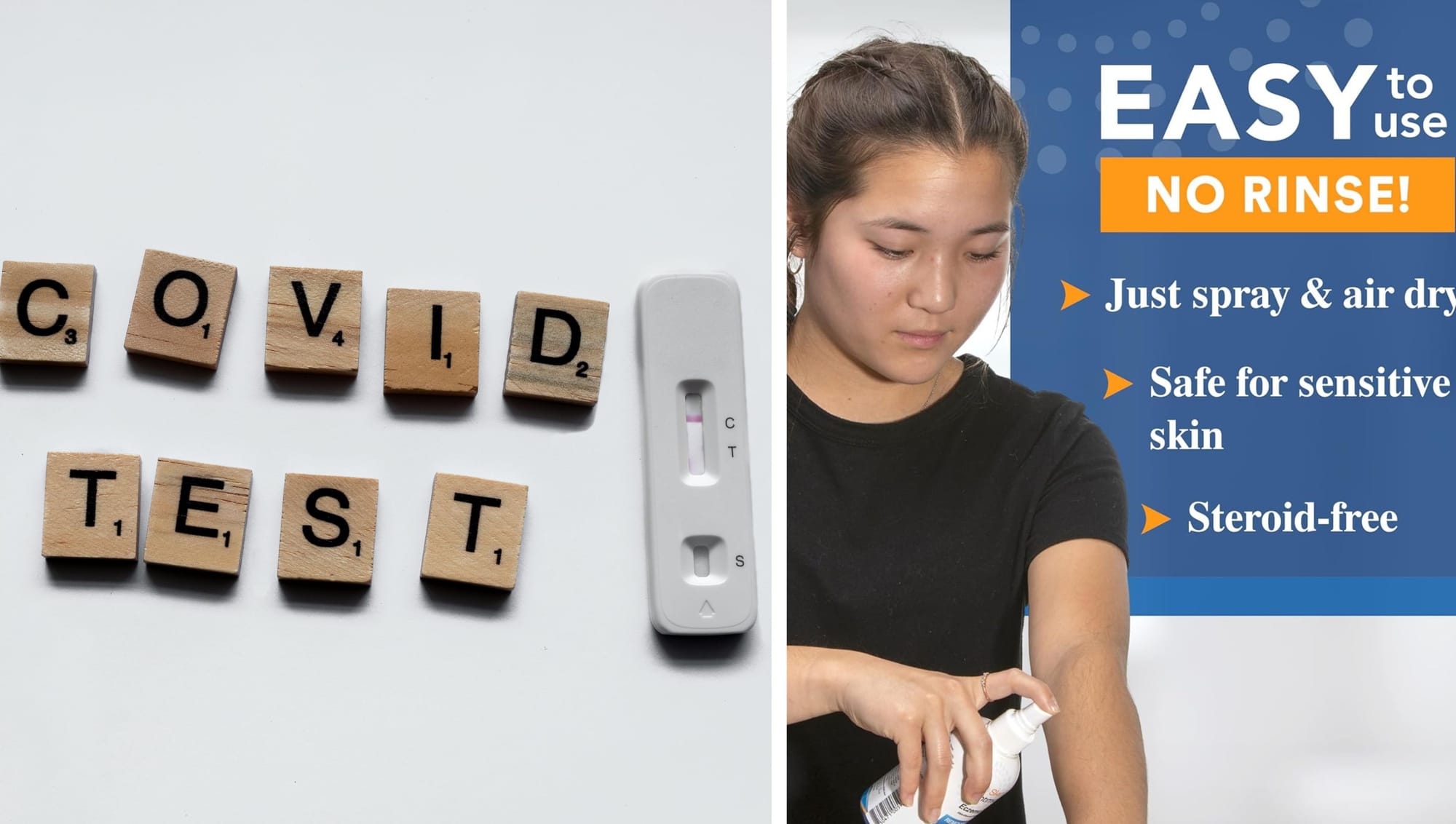Is Hypochlorous Acid Spray Effective Against COVID-19?
Hypochlorous acid spray effectively neutralizes viruses, including COVID-19, making it a strong disinfection tool.

Key Takeaways:
- Hypochlorous acid spray is a promising disinfectant with potential effectiveness against COVID-19.
- Its safety profile makes it suitable for various environments, including homes and healthcare settings.
- Understanding its application and limitations is crucial for optimal use.
Introduction to Hypochlorous Acid
Hypochlorous acid (HOCl) is not a new player in the field of disinfection. It's been around the block, used in various industries for its potent antimicrobial properties. This compound is naturally produced by our white blood cells to fight off infections, making it a familiar ally in the battle against pathogens. Its gentle nature on human tissues while being tough on germs makes it a unique disinfectant.
In recent times, the spotlight has turned to hypochlorous acid spray as a potential weapon against the COVID-19 virus. With the pandemic reshaping our hygiene practices, the quest for effective and safe disinfectants has never been more critical. But does hypochlorous acid spray live up to the hype when it comes to combating COVID-19?
The Science Behind Hypochlorous Acid
Hypochlorous acid is a weak acid formed when chlorine dissolves in water. Its chemical structure allows it to penetrate the cell walls of bacteria and viruses, disrupting their internal systems and rendering them inactive. This mechanism is what makes it a formidable disinfectant.
The effectiveness of hypochlorous acid against viruses, including coronaviruses, has been supported by various studies. Its ability to inactivate a wide range of pathogens, including bacteria, fungi, and viruses, positions it as a versatile disinfectant. However, the specific impact on SARS-CoV-2, the virus responsible for COVID-19, requires careful examination.
Hypochlorous Acid Spray and COVID-19
The use of hypochlorous acid spray in the context of COVID-19 has garnered attention due to its potential to inactivate the virus on surfaces. Studies have shown that hypochlorous acid can effectively reduce viral load on contaminated surfaces, making it a valuable tool in infection control.
However, it's essential to understand that while hypochlorous acid spray can help reduce the risk of surface transmission, it is not a standalone solution. It should be used in conjunction with other preventive measures such as hand hygiene, mask-wearing, and social distancing to provide comprehensive protection against COVID-19.
Safety Profile of Hypochlorous Acid
One of the standout features of hypochlorous acid is its safety profile. Unlike many traditional disinfectants, hypochlorous acid is non-toxic and non-irritating, making it safe for use in various settings, including homes, schools, and healthcare facilities. Its gentle nature means it can be used on skin and surfaces without causing harm.
This safety aspect is particularly important in environments where vulnerable populations, such as children and the elderly, are present. The ability to disinfect without introducing harmful chemicals into the environment is a significant advantage of hypochlorous acid spray.
Application Methods for Hypochlorous Acid Spray
Hypochlorous acid spray can be applied using various methods, depending on the setting and the level of disinfection required. Common application methods include spray bottles, foggers, and electrostatic sprayers. Each method has its advantages and is suited to different environments.
For instance, spray bottles are ideal for small-scale applications, such as disinfecting personal items or small surfaces. Foggers and electrostatic sprayers, on the other hand, are better suited for larger areas, providing comprehensive coverage and ensuring that all surfaces are treated effectively.
Limitations of Hypochlorous Acid Spray
While hypochlorous acid spray is a powerful disinfectant, it is not without its limitations. One of the primary challenges is its stability. Hypochlorous acid can degrade over time, especially when exposed to light and heat, reducing its effectiveness. Proper storage and handling are crucial to maintaining its potency.
Additionally, while hypochlorous acid is effective against a broad spectrum of pathogens, it may not be as effective on heavily soiled surfaces. Pre-cleaning surfaces to remove dirt and organic matter is necessary to ensure optimal disinfection.
Comparing Hypochlorous Acid to Other Disinfectants
When stacked against other disinfectants, hypochlorous acid holds its ground due to its safety and efficacy. Traditional disinfectants like bleach and alcohol-based solutions are effective but come with drawbacks such as toxicity and potential damage to surfaces.
Hypochlorous acid offers a safer alternative without compromising on effectiveness. Its ability to disinfect without leaving harmful residues makes it an attractive option for those seeking a balance between safety and efficacy.
Real-World Applications and Case Studies
In practice, hypochlorous acid spray has been adopted in various settings to enhance infection control measures. For example, hospitals have utilized hypochlorous acid to disinfect patient rooms and equipment, reducing the risk of healthcare-associated infections.
Schools and daycare centers have also embraced hypochlorous acid spray to maintain a safe environment for children. Its non-toxic nature ensures that it can be used frequently without posing health risks to young children.
Regulatory Approvals and Guidelines
The use of hypochlorous acid spray is supported by regulatory bodies such as the Environmental Protection Agency (EPA) and the Centers for Disease Control and Prevention (CDC). These organizations provide guidelines on the safe and effective use of hypochlorous acid as a disinfectant.
It's important for users to adhere to these guidelines to ensure that hypochlorous acid spray is used correctly and safely. Following recommended concentrations and application methods is key to achieving the desired disinfection outcomes.
Environmental Impact of Hypochlorous Acid
In addition to its safety for human use, hypochlorous acid is environmentally friendly. It breaks down into harmless substances, minimizing its impact on the environment. This makes it a sustainable choice for those looking to reduce their ecological footprint.
The environmental benefits of hypochlorous acid are particularly relevant in today's world, where there is a growing emphasis on sustainability and reducing chemical pollution.
Cost-Effectiveness of Hypochlorous Acid Spray
From a cost perspective, hypochlorous acid spray offers an economical solution for disinfection. Its ability to be produced on-site using electrolysis of saltwater reduces the need for purchasing and storing large quantities of disinfectants.
This cost-effectiveness, combined with its safety and efficacy, makes hypochlorous acid spray an attractive option for both individual consumers and large organizations looking to optimize their disinfection practices.
Public Perception and Acceptance
Public perception of hypochlorous acid spray has generally been positive, particularly in light of its safety profile. As awareness of its benefits grows, more individuals and organizations are adopting it as part of their hygiene routines.
However, education and awareness campaigns are essential to ensure that users understand how to use hypochlorous acid spray effectively and safely. Dispelling myths and providing accurate information will help increase its acceptance and usage.
Future Prospects and Innovations
The future of hypochlorous acid spray looks promising, with ongoing research and innovations aimed at enhancing its stability and effectiveness. Advances in technology may lead to improved formulations and application methods, further solidifying its role in infection control.
As the world continues to grapple with infectious diseases, hypochlorous acid spray is likely to remain a valuable tool in the arsenal against pathogens, including emerging viruses.
Summary
Hypochlorous acid spray's ability to inactivate a wide range of pathogens, coupled with its non-toxic nature, makes it a versatile disinfectant suitable for various settings. While it is not a silver bullet, when used alongside other preventive measures, it can significantly reduce the risk of surface transmission of the virus. As research and innovation continue to enhance its applications, hypochlorous acid spray is poised to play a crucial role in our ongoing battle against infectious diseases.
Hypochlorous acid spray emerges as a formidable contender in the fight against COVID-19, offering a blend of safety and efficacy that is hard to match. If you would like to make hypochlorous acid spray apart of your everyday arsenal then click the button below and keep reading to see which hypochlorous acid spray that we have selected for you to try.

